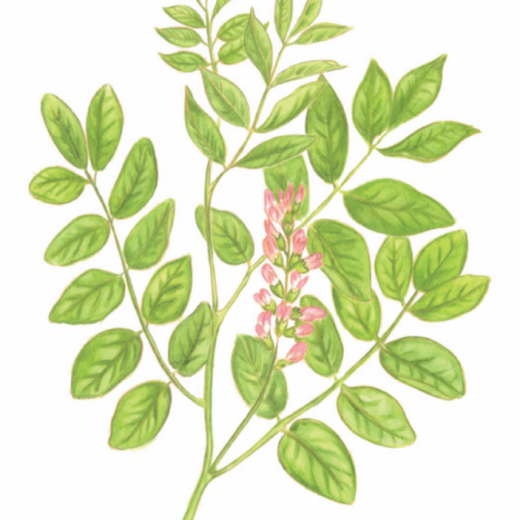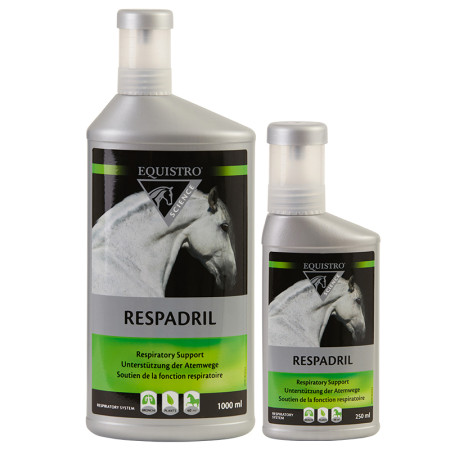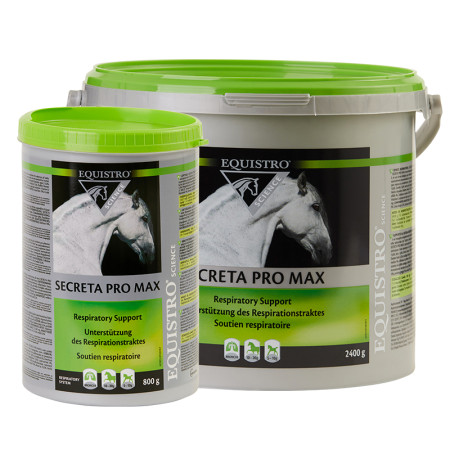
Licorice (Glycyrrhiza glabra)
Description
Like some other medicinal plants, licorice (Glycyrrhiza glabra) belongs to the leguminous family. The most interesting part of this plant is the yellow, woody root. It is not only used to make liquorice, it also contains medicinally active ingredients such as glycyrrhetinic acid, flavonoids (notably glyzarin), terpenoids (Glycyrrhizin glycoside [1–24%]), and coumarins.
Properties
Certain ingredients of licorice root (especially saponins of glycyrrhetinic acid) have mucolytic and expectorant properties. Among other things, these stimulate the bronchial mucous membranes to form a thin (serous) secretion, which makes it easier to cough up thick mucus.
Possible uses
Licorice root is usually found in pelletized form in complementary feed and is suitable for the accompanying use of mild diseases of the upper respiratory tract such as coughs, bronchial catarrh or increased mucus formation.


